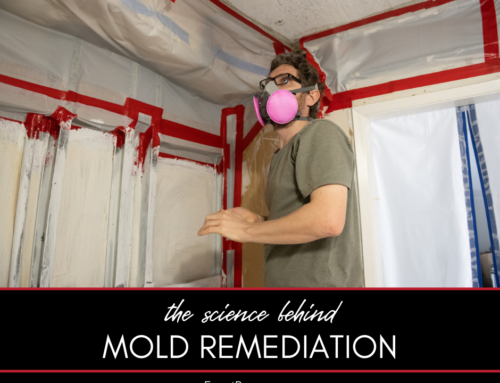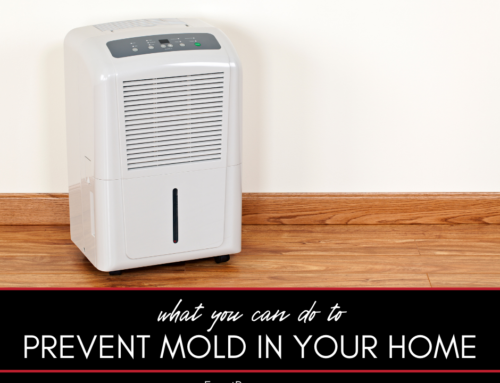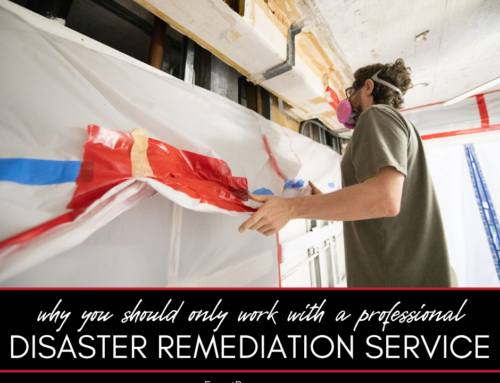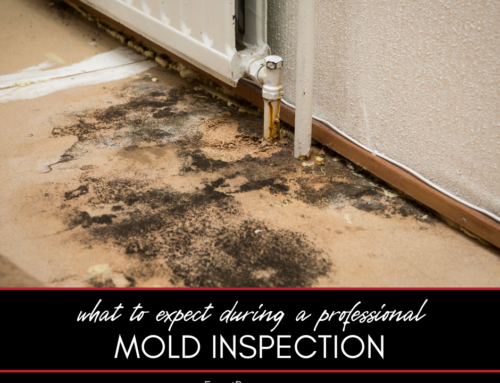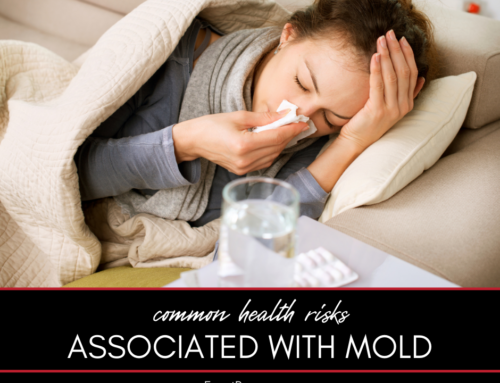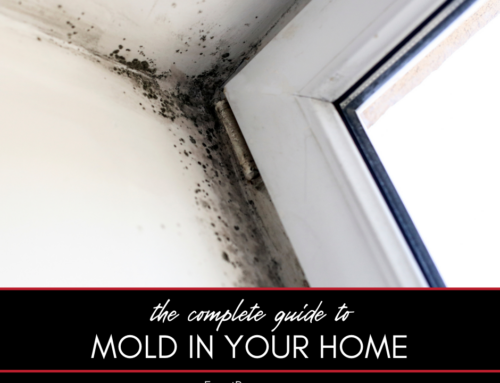Mold is a silent invader that can creep into homes unnoticed, thriving in damp and humid environments. While it might seem like just an unsightly nuisance, the science behind mold growth reveals it’s much more than that. Understanding how mold grows and why it’s harmful is crucial for homeowners, especially those living in areas prone to moisture.
Unraveling the Mystery of Mold
Mold isn’t just a random occurrence; it’s a living organism that follows a specific growth pattern influenced by its environment. This guide covers:
- What mold is and how it reproduces
- The ideal conditions for mold growth
- Health risks associated with mold exposure
- The connection between mold and home damage
- Preventative measures to keep mold at bay
Here’s a closer look at each.
What Mold Is and How It Reproduces
Mold is a type of fungus that exists everywhere in nature. It reproduces through tiny spores that float in the air. When these spores land on a suitable surface, they begin to grow and multiply, especially in the presence of moisture.
The Ideal Conditions for Mold Growth
Mold thrives in damp, humid conditions. Areas with poor ventilation, water leaks, or high humidity are prime real estate for mold. Materials like wood, paper, and organic fabrics provide the nutrients mold needs to flourish.
Health Risks Associated with Mold Exposure
Mold isn’t just a structural concern; it’s a health hazard. Some people are more sensitive to mold than others, but exposure can lead to respiratory issues, skin irritation, and allergic reactions. Certain molds produce mycotoxins, which can be particularly harmful when inhaled or ingested.
The Connection Between Mold and Home Damage
Beyond health concerns, mold can compromise the integrity of your home. It can weaken structures, damage surfaces, and leave unsightly stains. Over time, unchecked mold growth can lead to significant repair costs.
Preventative Measures to Keep Mold at Bay
Prevention is the best defense against mold. Regularly inspecting your home for leaks, ensuring proper ventilation, and using dehumidifiers in high-humidity areas can help keep mold growth in check.
FAQ About the Science of Mold
Here are some frequently asked questions about the science of mold. If you don’t see the answers you’re looking for here, please call our office. We’re here to help.
How Can I Identify Mold in My Home?
Mold can appear as dark spots or patches, often with a musty odor. If you suspect mold, it’s best to consult a professional for confirmation.
Are All Molds Harmful?
While not all molds are toxic, many can cause health issues, especially for those with allergies or respiratory conditions.
How Can I Clean Small Areas of Mold?
For small mold patches, a mixture of water and detergent can be effective. However, for larger infestations, professional remediation is recommended.
Does Mold Have a Distinctive Smell?
Yes, mold often produces a musty, earthy odor, which can be a telltale sign of its presence.
How Long Does It Take for Mold to Grow After Water Exposure?
Mold can start growing within 24 to 48 hours after water exposure, depending on the conditions.
Mold is more than just an eyesore; it’s a threat to both your health and your home. By understanding the science behind its growth and the risks it poses, you can take proactive steps to prevent its spread. If you’re facing a mold issue, remember that timely intervention is key. The experts at Exact Recon are equipped to help you tackle mold head-on, ensuring a safe and mold-free environment.
Do You Need a Disaster Remediation Expert in Washtenaw County or Jackson County?
If your home has already been damaged, we can help. Check out our services and call Exact Recon for your free disaster remediation quote today. We offer:


